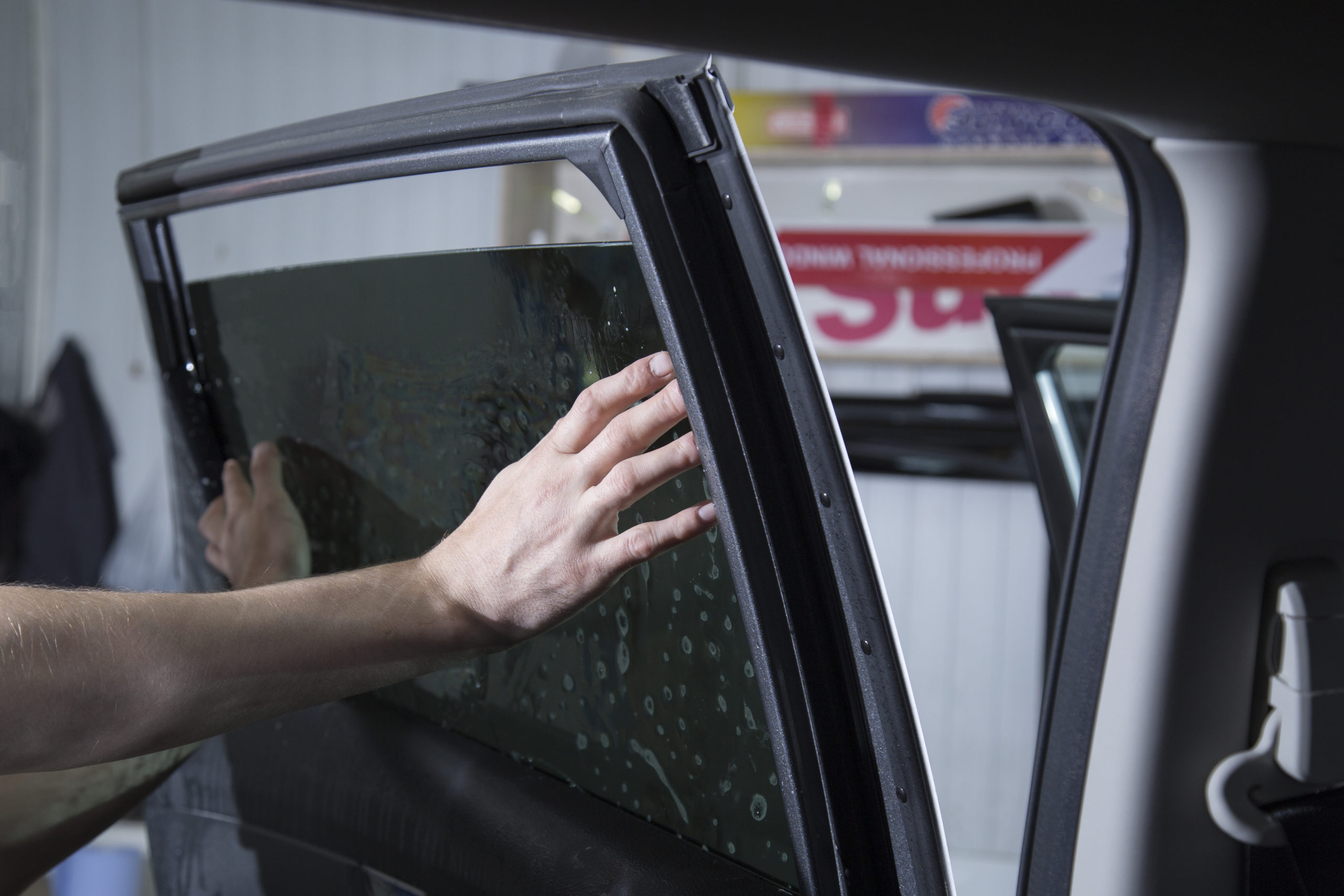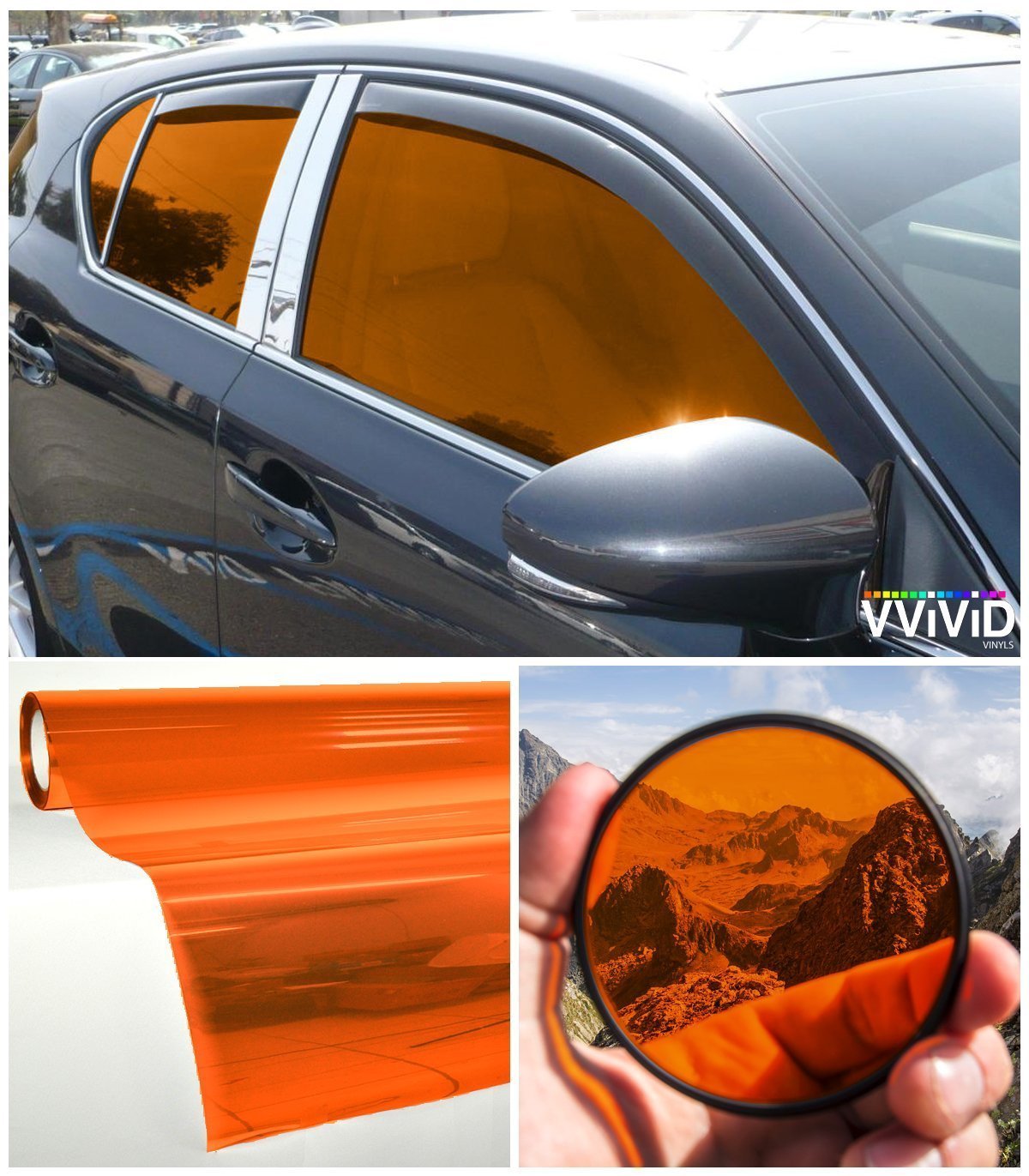Window Tinting Laws and Guidelines: What You Need to Know Before Tinting Your Auto
Before proceeding with window tinting for your vehicle, it is crucial to familiarize yourself with the diverse legislations and guidelines that regulate this technique throughout different states. These laws determine the permitted levels of tint darkness, often determined by visible light transmission (VLT) percents, and include particular specifications for front windscreens aimed at ensuring road safety.
Summary of Window Tinting Regulations
Window tinting legislations are often subject to variation throughout various jurisdictions, reflecting neighborhood regulations and security considerations. These laws dictate the acceptable levels of tint darkness and reflectiveness on vehicle home windows, ensuring that motorists keep adequate exposure while likewise protecting against dangerous UV rays and warmth.
Many policies categorize window tinting based upon the Visible Light Transmission (VLT) percentage, which suggests the amount of light that can pass through the home window. Usually, lower VLT percentages signify darker colors. Legislations frequently separate between the front, side, and rear windows, with more stringent restrictions related to the front windscreen to boost safety for both the chauffeur and other road individuals.
Conformity with home window tinting laws is important, as infractions can result in penalties, required removal of the color, and prospective rises in insurance policy premiums. It is essential for car owners to familiarize themselves with local laws prior to continuing with home window tinting installments.
State-by-State Color Regulations
Understanding the specific window tinting guidelines in each state is essential for lorry proprietors looking for to follow the regulation. Each state in the U.S. has actually developed its own set of policies regulating window tinting, which can vary substantially. These policies often determine the allowed levels of tint darkness, the sorts of windows that can be tinted, and any medical exceptions that may apply.
As an example, states like California have rigorous constraints on tint darkness for front windows, while others, such as New Mexico, may allow darker colors. In addition, particular states mandate particular visibility percents for different windows, consisting of the windshield, front side windows, and rear windows. It is essential for cars and truck proprietors to familiarize themselves with their state's laws to avoid prospective penalties or penalties.
Additionally, some states may call for a qualification sticker label to be positioned on tinted home windows, showing conformity with state regulations. Failing to stick to these guidelines not just takes the chance of lawful consequences however can additionally affect security and exposure while driving. For that reason, car owners should carry out extensive research or speak with local authorities to make certain full understanding and conformity with state-by-state tint laws.
Allowed Tint Degrees and Types
Many automobile proprietors might be amazed to discover that permitted color levels and kinds differ widely across different states. Each state has developed its very own policies regarding the permitted darkness and reflectivity of window tint, typically gauged by Visible Light Transmission (VLT) percentages. VLT refers to the quantity of light that can pass with the colored windows; thus, a reduced percentage suggests a darker tint.

Moreover, the sorts of tint products permitted can vary, with some states banning mirror-like or metal coatings. It is essential for vehicle proprietors to familiarize themselves with their state's particular regulations to ensure compliance. Non-compliance can result in penalties, necessary elimination of the color, or various other lawful consequences, making it critical to recognize these guidelines before waging installation.
Medical Exceptions for Tinting
While not all states give allocations for clinical exemptions regarding home window tinting, those that do recognize the requirement for certain individuals to enhance visibility and comfort because of clinical problems. Numerous clinical conditions, such as lupus, skin cancer, and certain eye problems, can provide people especially conscious sunlight. These individuals might need darker try this web-site colors to safeguard themselves from damaging UV rays and glare.

It is important to keep in mind that despite a medical exception, there may still be constraints on the level of color allowed. Conformity Full Article with state legislations makes certain that individuals are both safeguarded and within lawful limitations. Those thinking about clinical exceptions should contact their neighborhood Department of Motor Cars or equivalent authority to recognize the procedures and demands required to use for an exemption properly.
Charges for Non-Compliance
Stopping working to abide by home window tinting regulations can cause significant charges, which differ by state. Legislation enforcement agencies are equipped to release citations for automobiles that do not comply with the specified tinting laws. These charges generally include penalties, which can range from moderate quantities to numerous hundred bucks, depending on the seriousness of the infraction and the state concerned.
In some territories, repeated offenses may result in rising penalties or added fines, such as required court looks. Furthermore, non-compliance may demand the elimination of illegal tinting, typically at the proprietor's expenditure. In severe situations, habitual culprits may deal with suspension of their car enrollment till compliance is accomplished.
Additionally, insurance coverage effects might arise from receiving several citations for window color infractions. Insurers might see such offenses as a sign of riskier behavior, potentially leading to raised costs or problem in protection.
To avoid these fines, it is important for car proprietors to acquaint themselves with website link their local home window tinting laws and make certain that their vehicle complies (Window Tinting). This aggressive method not only prevents legal implications however additionally advertises road safety and security
Conclusion

The majority of laws categorize home window tinting based on the Visible Light Transmission (VLT) percent, which shows the amount of light that can pass with the home window. Conformity with window tinting laws is crucial, as violations can result in fines, obligatory elimination of the color, and possible rises in insurance costs.Recognizing the details home window tinting guidelines in each state is essential for vehicle owners seeking to abide with the legislation. These laws commonly determine the permitted levels of tint darkness, the kinds of windows that can be tinted, and any clinical exemptions that might use.
For instance, states like The golden state have rigid restrictions on tint darkness for front windows, while others, such as New Mexico, might allow darker tints.